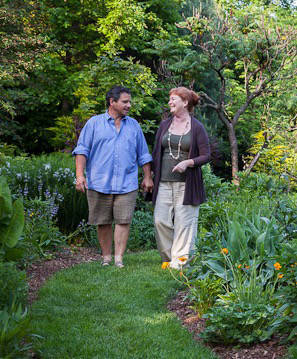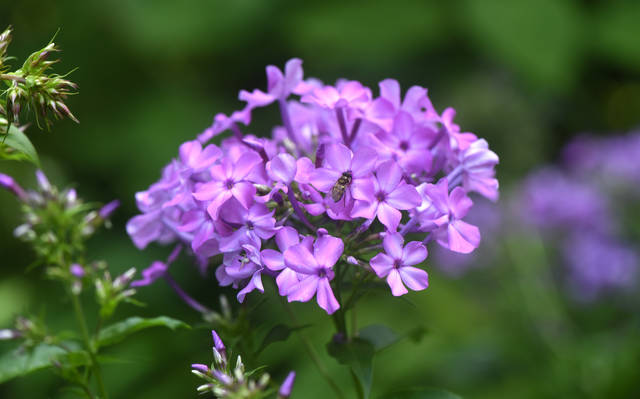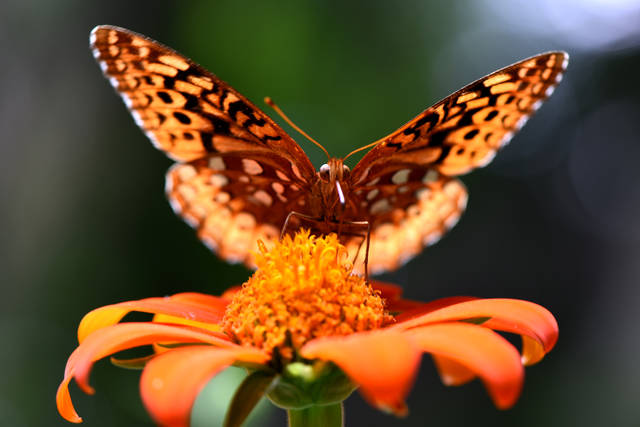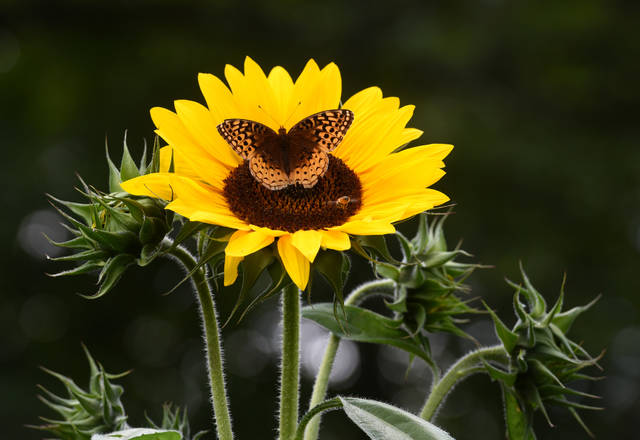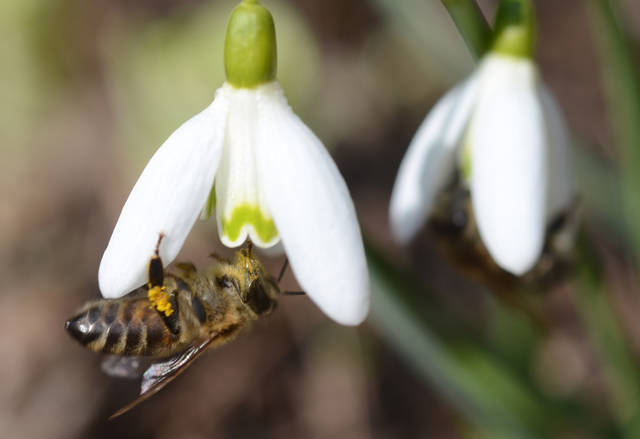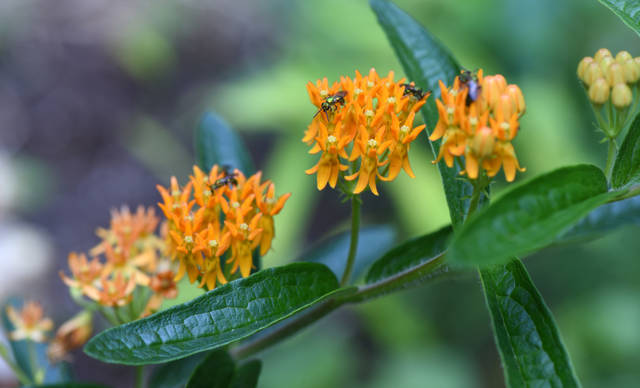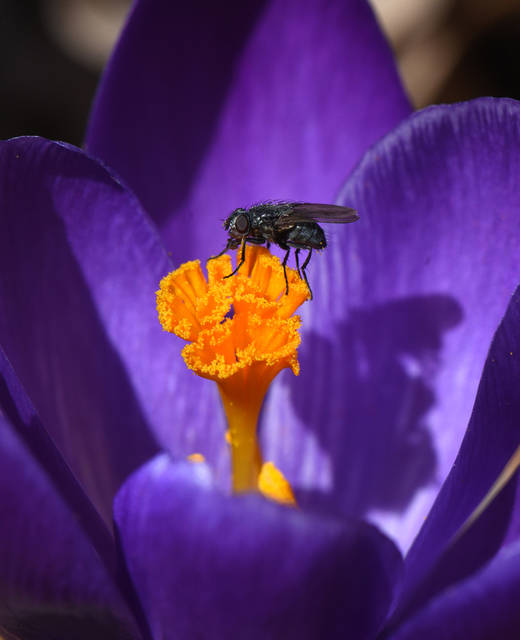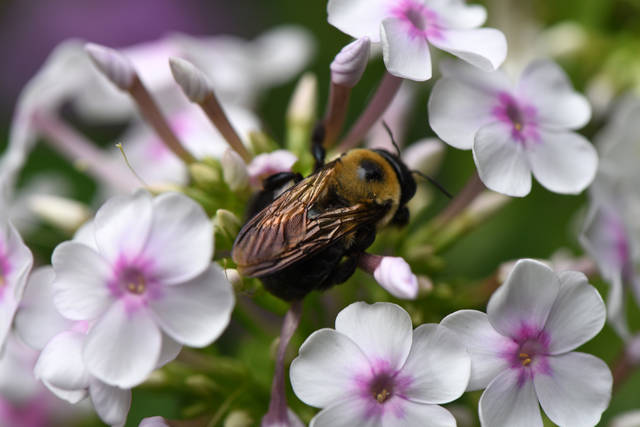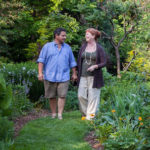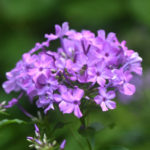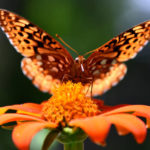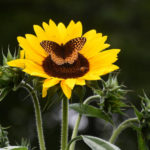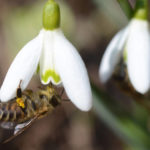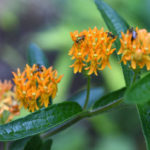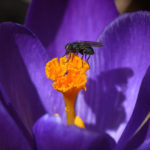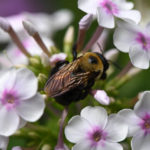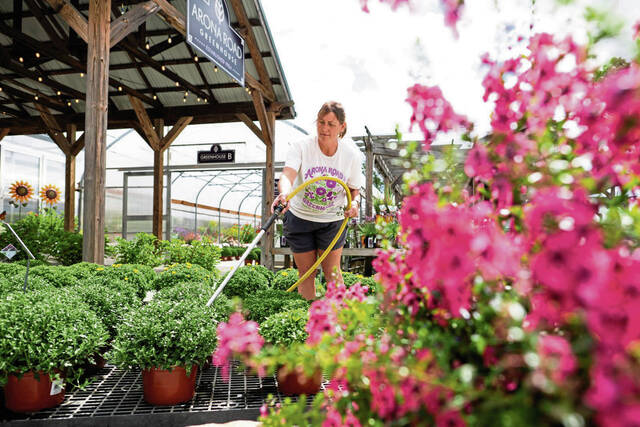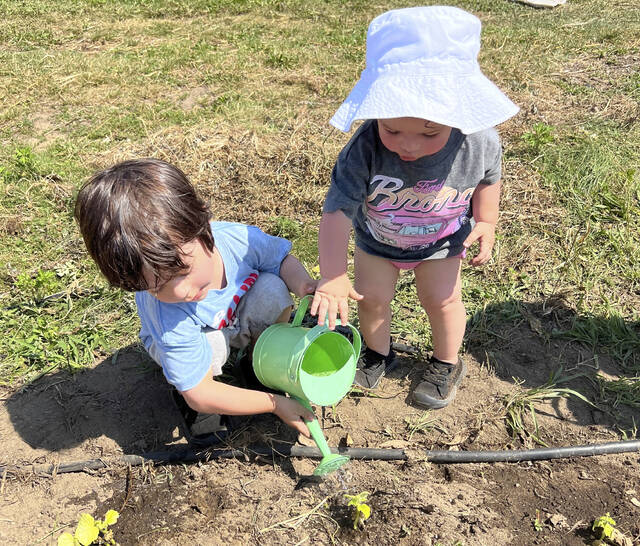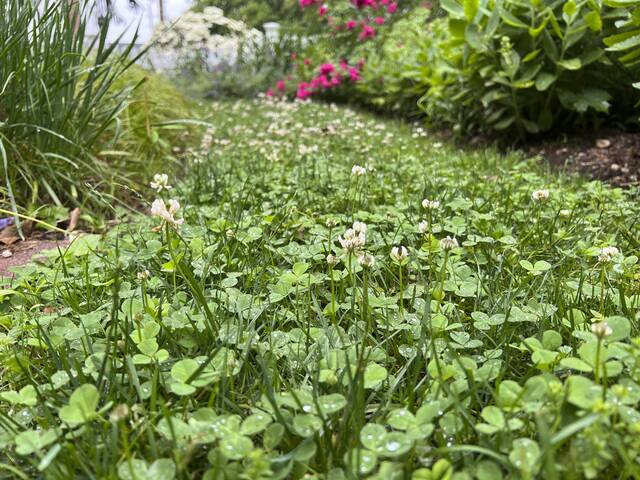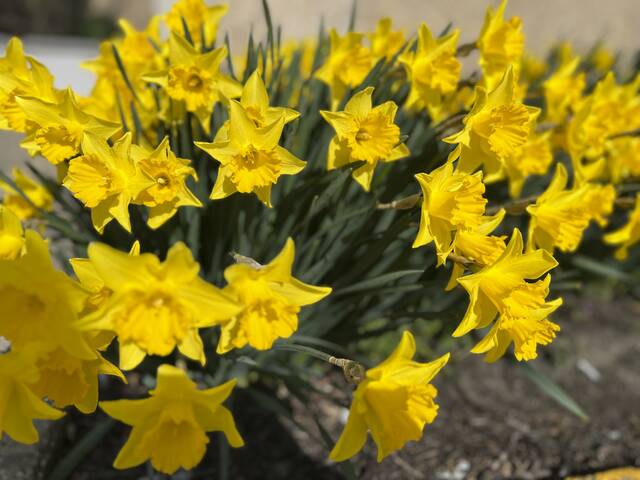Peggy Anne Montgomery has spent a lifetime in the garden, and for the last 15 years she’s tried hard to create a pollinator-friendly landscape.
The horticulturist and account executive for the Garden Media Group is championing the cause by informing gardeners about the Million Pollinator Garden Challenge and Pollinator Week, which runs through June 23 this year.
The goal of the challenge, which started in 2015, was to get a million people registering their gardens as pollinator friendly. That goal was exceeded last February, but the Pollinator Partnership still wants gardeners to sign up as a way to help these insects in our environment.
Call to action
“The new call to action this year is to plant three pollinator-friendly plants,” she says. “One for spring, one for summer and one for fall, to ensure a consistent food supply for pollinators.”
Her garden is filled with more than 100 native species, but any pollinator plant will help.
“Those are plants that either provide pollen or nectar,” Montgomery adds. “It’s really important that from early spring until late fall that there’s something to eat in the garden.”
Gardeners often think first about annuals or perennials to plant, which is great, but she’s also recommending planting on a larger scale.
“It starts with trees,” she says. “If you wanted to plant an oak, that would be wonderful. We need to start thinking big.”
Diverse plantings
There is a whole spectrum of plants, so the more diverse the garden, the better. Native plants obviously play a crucial role in her garden.
“A lot of insects have evolved over countless thousands of years with a plant,” Montgomery says.
A great example is milkweed, which is the only host plant for monarch butterflies.
Another key to having a pollinator-friendly garden is to garden naturally.
“You don’t have to use chemicals,” she says. “Espoma has a great line of organic fertilizers. Any time you are using chemicals, you’re hurting insects.”
Choosing plants carefully is critical to making sure food is available for the insects. Pollinator Week is a great time to go to a local garden center or nursery to add some plants to the landscape, and some might even be on sale already.
Everything from spring bulbs, like crocus or snowdrops, to other plants that bloom all the way until the end of the season, will give the good bugs what they need. She has a few suggestions, but there are endless choices. Things like columbine, phlox, monarda and blooming shrubs just scratch the surface.
“You need to think about making your whole garden wildlife friendly,” she adds. leaving “wild bits” for insects and animals to enjoy.
Even though she’s highly allergic to bees, carrying an EpiPen in the garden, she’s not worried.
Bee heaven
“I work in a bee heaven,” she says proudly. “I work hard to create a bee sanctuary. They don’t want to sting you, they really don’t. A great way to get rid of that fear (of insects) is to learn something about them.”
The education is not just for adults; teaching kids to be less afraid of bugs will go a long way to helping our gardens.
“Without the little caterpillars, we wouldn’t have the baby birds that we love,” Montgomery says. “Everything is interconnected, and everything we do counts. People have to get a more holistic view, and understand that every creature has a place in the food web.”
Pollinator Week and the Million Pollinator Garden Challenge are both ways to perpetuate a gardening legacy that can inspire gardeners young and old alike.
“I have grandkids,” Montgomery exclaims. “I want them to see butterflies, I want them to see fireflies. I want them to have all the joys I had when I was younger. I don’t want this to be taken away from generations to come.”


